#eastern serbia
Text

▪️Serbian girl dressed in serbian traditional clothes from Zhagubitsa, Eastern Serbia 🇷🇸
#serbian#balkan#europe#serbian beauty#serbian traditional clothes#serbian folklor#serbian women#slavic#serbian tradition#serbian culture#Žagubica#Srpska nošnja#Eastern Serbia
8 notes
·
View notes
Text
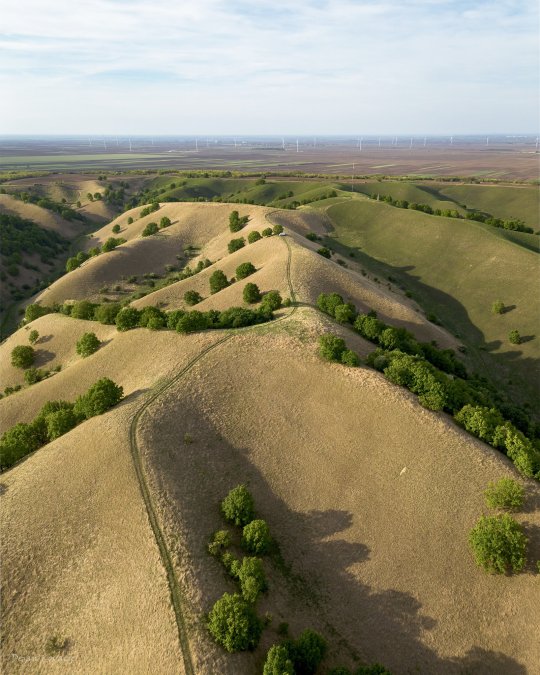
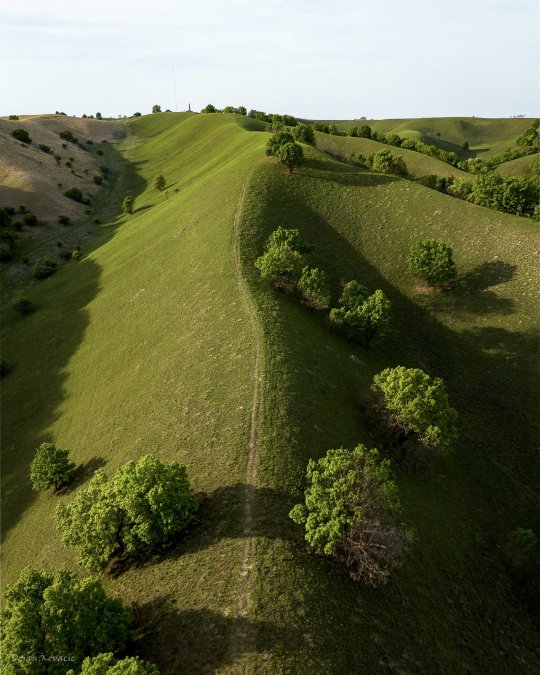
Zagajička hills, Serbia.
439 notes
·
View notes
Text

Serbian women, Serbia, by KUD "Sedmica" Ugrinovci
#serbian#serbia#europe#eastern europe#folk clothing#traditional clothing#traditional fashion#cultural clothing
526 notes
·
View notes
Text





Icons made by nuns from monastery Gradac, Serbia
#orthodox christianity#orthodox#orthodoxy#christianity#eastern orthodoxy#orthodox church#eastern orthodox#church#orthodox christian#greek orthodox#serbian orthodox#russian orthodox#monastic life#monastery#nuns#nun#serbian art#serbia#orthodox icon#iconography#icons
167 notes
·
View notes
Text


"овде су кости - here are the bones" graveyard in a village borač, vicinity of knić, serbia.
#graveyard#cemetery#serbia#slavic#balkan#eastern europe#orthodoxy#eastern orthodox#knic#borač#kragujevac#sumadija#central serbia
247 notes
·
View notes
Text
Am I the only one here who is so damn angry about the fact that a large portion of the Slavic representation on the Western media is either Russian, Russian-coded (e.g. the Grisha Universe by Leigh Bardugo) or copies the narratives about other Slavic nations that exist in the Russian discourse about them?
#russian colonialism#russian imperialism#russia#ukraine#slavic nations#Slavic people#eastern european#anti eastern european sentiments#slavic representation on the western media#western media#Russia centrism#poland#czech republic#slovakia#Belarus#croatia#bosnia#bosnia and herzegovina#serbia#Macedonia#Bulgaria#slavic countries#pop culture#eastern europeans of tumblr
2K notes
·
View notes
Text






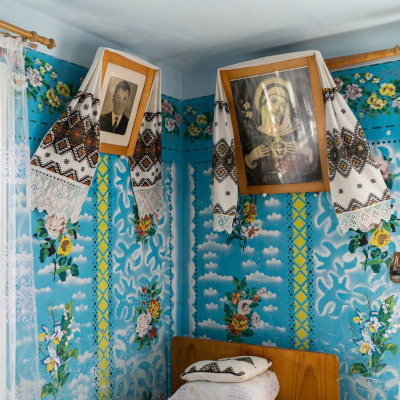


Aesthetic of the languages on earth : Ukrainian
Ukrainian is a Slavic language spoken by around 39 million people over Ukraine and Eastern Europe. It is the official language of Ukraine. It is also a recognized minority language in Belarus, Bosnia an Herzegovina, Croatia, Czechia, Hungary, Moldova, Poland, Romania, Russia, Serbia and Slovakia.
#ukrainian#aesthetic#slavic#languages#moodboard#language#geography#indoeuropean#europe#ukraine#poland#belarus#bosnia#croatia#czechia#hungary#moldova#romania#russia#serbia#slovakia#eastern europe
70 notes
·
View notes
Text
THE SORROWS OF MILICA NEMANJIC OF SERBIA

Though often remembered for her diplomacy and regency (1389-1393), one thing some sources and historians fail to mention about Princess Milica is her struggles with motherhood and widowhood, even through her politics.
Early Life
Milica was born sometime in 1335 as the daughter of Duke Vratko, known in Kosovo legends as Jug Bogdan, a descendant of the Nemanjić dynasty; however, the identity of her mother is unknown.
In her early years, Milica would often stay at the court of her cousins, Tsar Dušan and Tsaritsa Jelena. The couple took a liking to her, sponsored her stay at court, and provided her education, thus she permanently settled at court.
It is at the same court where she had the opportunity to meet Lazar Hrebeljanović, six years her senior and, at the time, a young man of lower nobility working as a puter/stavilac.
According to a legend, Milica met Lazar at the same place where she would later build the Ljubostinja Monastery.
There could be some truth to this tale, but it is worth noting that they were likely introduced at court by the same couple who planned for them to marry.
Marriage to Lazar
Sometime in 1353, Milica and Lazar were married by the wish of Dušan and Jelena and with the blessing of her father. The mere fact that the imperial couple arranged their betrothal suggests that Lazar was a well-respected man enough to join the Nemanjić dynasty by kinship.
Though the marriage was for political purposes, as it elevated Lazar’s status and reputation, it is understood through Milica’s poem that they had grown to hold deep affection and value for each other.
Through her poem “To My Widow, O Bridegroom,” it can be understood that Milica viewed Lazar as someone she desired, admired, and found comfort and protection in.
It is worth mentioning that Milica was one of the many reasons Lazar (r. 1365-1389) was able to elevate himself to the title of Prince (Knez) and expand his realm. While his rivals claimed the rest of Serbia due to their Nemanjić ancestry, Lazar, who was not one of their own, likely had to rely on his wife and children’s claim to the “holy” dynasty to gain the trust of the Serbian people.
Throughout their 36-year-long marriage, the couple welcomed eight children, five daughters and three sons, though only seven made it to adulthood.
Mara Lazarević (b. 1355 - d. 1426)
Dragana Lazarević (b. sometime after 1355 and before 1364, d. sometime after 1396)
Jelena Lazarević (b. 1364/1365 - d. 1443)
Teodora Lazarević (b. after 1365 and before 1371, d. after 1396 and before 1405)
Olivera Lazarević (b. 1372/1373 - d. after 1444)
Stefan Lazarević (b. 1377 - d. 1427)
Vuk Lazarević (b. 1380 - d. 1410)
Dobrovoj Lazarević (died in infancy)
It seems that the couple enjoyed a harmonious and faithful marriage, as there are no mentions of a mistress or illegitimate children that Lazar could have fathered.
Her Widowhood and Regency
Following the defeat at the Battle of Kosovo in the summer of 1389, Lazar was ordered to be beheaded, leaving behind a venerable realm and his wife at the forefront.
Since his son and heir was too young to be entrusted with the duty of ruling, the Principality of Serbia fell into the hands of the Dowager Princess, Milica.
Though it is possible that Milica might have been educated in diplomacy, she certainly did not have any first-hand experience up until that point. Her primary duties as the wife of a prominent ruler were to expand the dynasty by child-bearing, oversee her children’s education, manage the royal court’s income and expenses, and participate in charities such as hospitals and monasteries—duties in which Milica, as a dutiful mother and consort, excelled.
Constantine the Philosopher described her in the following words:
“…pious lady, worthy of glory and wise mother, who surpassed many chosen mothers."
At first, Milica, a fearful mother and mourning widow, wasn’t much interested in staying in Serbia and planned to take temporary refuge with Olivera, Stefan, and Vuk, her youngest children, in Dubvronik, this is evident by a document in which the Senate offered her and her children hospitality.
Unfortunately, her plans had to be annulled as the Hungarians advanced their conquest in the north of Serbia and the Ottomans to the south of it. Thus, her final decision was to stay, and sometime between November and December of that same year, she accepted vassalage to the Ottomans despite the reluctance of many Serbian lords, including her son-in-law, Vuk Branković (through Mara), a decision that would cost the Branković family their lands.
The vassalage included loyalty, taxes in the form of soldiers, and lastly, her youngest daughter, Olivera, to be the wife of the Sultan. All requirements were met, as by the spring of 1390, her daughter was married to the Sultan.
Milica continued to rule over Serbia for three more years, until her eldest son Stefan reached adulthood in 1393. That year, she became a nun under the name "Eugenia," yet she continued to advise her son behind the scenes, as evidenced by her diplomatic mission with her cousin and lady-courtier, Jefimija, to Sultan Bayezid in the spring of 1398 when he suspected Stefan of treason.
The issue was soon resolved, and Stefan was forgiven.
Her Motherly Sorrows
Though things seemed to be going quietly from 1398 onward, the peace came to an end in 1402, following the Battle of Ankara.
While her beloved son, Stefan, was able to elevate himself to the title of Despot in Constantinople, her son Vuk, wishing for more territory to rule over, revolted against his brother. Additionally, her daughter Olivera and her granddaughters fell into Timurid captivity.
Milica’s daughter Mara, along with her respective children, developed a vendetta against the Lazarević family, whom they blamed for Vuk Branković’s death.
All these stresses likely prompted her to write her poem “To My Widow, O Bridegroom,” dedicated to her husband, Lazar, in 1402. Amid all the motherly worries and family vendettas, it seems that the memory of her deceased husband was what she found comfort in.
Later Life
When the Ottoman civil war broke out between Bayezid’s sons, Vuk and Stefan found themselves on opposite sides of the conflict, supporting different Ottoman rulers.
Milica was able to reconcile her sons; however, after her death, their bloody feud reappeared.
Milica passed away on November 11, 1405, at the age of seventy and was laid to rest in the Ljubostinja Monastery.
Perhaps in her final days, she was at ease since her daughter Olivera was released, and her sons “ended” their vendetta. However, it seems, based on what happened soon after her death, that they only did so for the sake of their mother.
Legacy
Milica has left her mark on Serbian history, being declared a saint in the Eastern Orthodox Church. Today, many statues, church venerations, and streets are named after her.
Poem of Milica to Her Husband

Who is this?
Speak into my ears.
Is this the one I desired before,
my adornment, the gathering for my scattered children?
Is this the one whom out of envy
the enemies sought to destroy
and keep the light of my sight
in dark dungeons,
and they could not?
Is this the one to my widow, O Bridegroom?
Come, O Bridegroom, come,
and repay those who do me wrong
according to their deeds,
for they did not understand your coming
to my aid.
Take up the weapon and rise, and do not delay!
Strike with sharpened arrows into their hearts,
those who have sharpened them against me, the lawless.
I do not tolerate the mockery of those against me.
With how many vile sacrifices have they defiled me!
Come, avenge me with your blood.
Come, be my support in my downfall.
Gather my scattered children,
whom envy the devil
has torn from me.
Gather them into my fold,
tend to my children,
that the wolf may not eat from my flock,
that envy may not scatter them,
as before, when I was not with them.
Do not let them sleep around you.
Do not let your legs weaken.
Tend to my flock, which I entrusted to you.
Drive away from them the lawless barbarians.
Do not cease to fight with them
for me and my flock.
Rejoice, my eye
that never sleeps, O Lazar.
And again I ascend to the first.
Lazar, who surpasses all stars with his shining,
Lazar, appropriator to foreigners,
preacher of the Trinity,
liberator of the captured.
Lazar, the unwavering pillar of the church,
healer to the sick, clothing to the naked,
Lazar, strong duke to the innocents
and savior.
Rejoice, O Lazar
apostolic, I sing to you,
and again I say: rejoice.
Rejoice, lily that has
sprouted from thorns,
unconquerable weapon for soldiers.
Rejoice, teacher to the hermits.
Rejoice, Lazar, to those who sail,
steersman and calm harbor.
Rejoice, avenger of the oppressed
and denouncer of the deceitful.
Rejoice, comforter of those who weep,
and defender of the poor, and clothing to the naked.
Rejoice, strength of beauty,
and sustainer of widows.
Blessed indeed are you, O Lazar,
bless me who blesses you.
There is no praise that you are not worthy of,
but the mind grows weary...
(Sources: Dve srpske sultanije : Olivera Lazarevic (1373-1444) : Mara Brankovic (1418-1487) by Giljen, Nikola)
#milica of serbia#milica hrebeljanović#milicanemanjic#lazar of serbia#Medieval Serbia#medieval history#medieval poem#eastern orthodoxy#lazarevicdynasty#history#nun
41 notes
·
View notes
Text

*sets down the 94588464th drawing of balkan sapphics at your doorstep* (serbian from sumadija and outskirts of belgrade, respectively)
#balkan#slavic culture#slavic wlw#serbia#eastern europe#south slavic#slavic art#oc#wlw#sapphic#srbija#wlw art#sapphic art#bi wlw
128 notes
·
View notes
Text

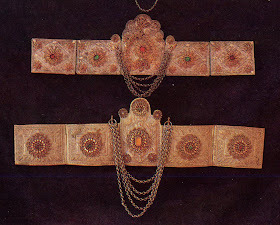

A metal belt, ćemer, is worn around the waist. It is made of several metal plates, the center one of which has a raised arch shape, from which hang five chains. These are often very richly made.
Montenegrin national attire
#montenegro#montenegrin#national attire#southeastern europe#slavic#belt#serbia#croatia#bosnia#balkan#crna gora#црна гора#yugoslavia#nostalgia#national costume#folklore#folk costume#ethnology#србија#југославија#history#historic#eastern europe#balkans
71 notes
·
View notes
Text
Somebody stole all the land-locked Eastern European countries (Belarus, Moldova, Slovakia, Czechia, Hungary, Serbia, Kosovo and Macedonia). One day they were there, the next morning everyone woke up to find the countries gone like someone had scooped them off the face of the earth with a spoon.
#dream#theft#crime#okay this is too funny#eastern europe#belarus#moldova#slovakia#czechia#hungary#serbia#kosovo#macedonia
777 notes
·
View notes
Text


◾Serbian girl dressed in serbian traditional clothes from Zhagubitsa(srb. Жагубица/lat. Žagubica), Eastern Serbia 🇷🇸
#Žagubica#Serbian traditional clothes#Serbian culture#Serbian tradition#Culture#Traditional#Tradition#Eastern Serbia#serbian aesthetics#serbian aesthetic#Serbian women#Serbian girls#Serbs#Serb#Srpkinja#Narodna nošnja#Serbian girl#Serbian beauty#Traditional woman#Traditional girls
20 notes
·
View notes
Text






Wooden granary in village of Petrovčić, Serbia.
Lower level constructed of soft bricks covered with plaster and painted; upper part is wood framed and covered with clay tiles. Granary is right next to the entrance to the yard and its structure was an expression of wealth of the owner. Entry to the granary was given special attention in architectonic details. Variation in openings is a result of numerous trim pieces having been broken over time.
Photos from balkanarchitecture.org
59 notes
·
View notes
Text

General Draža Mihailović with Chetniks (Serbian Monarchist / Nationalist Resistance Force) of Srednja, Bosnia Corps near Doboy, Bosnia: Fall 1944.
#ww2#serbia#Bosnia#eastern front#wwii#world war 2#1940s#Serbian Monarchist#second world war#world war two#ww2 history#war history#world war ii#world war#war#ww2 era#wwii era#photography#tumbler#wars#guerrillas#wwii history#history
27 notes
·
View notes
Text


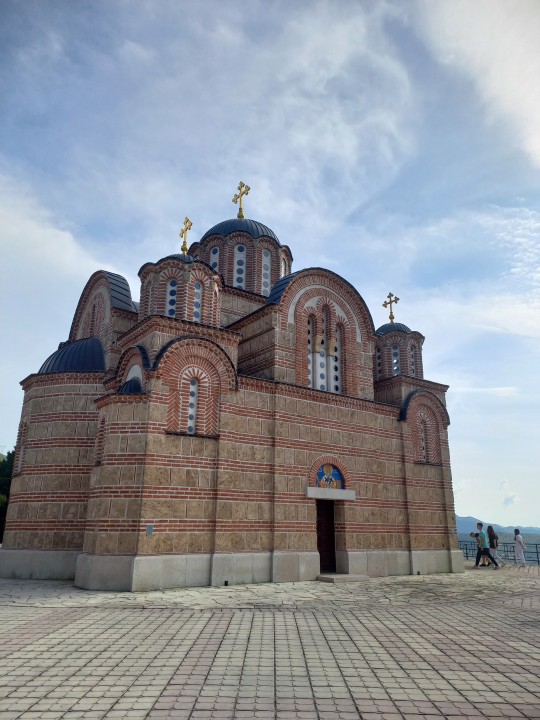
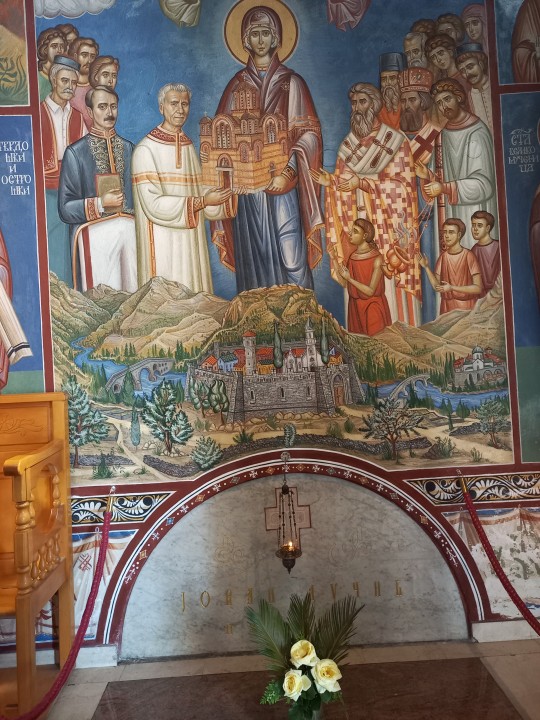
Monastery Hercegovačka Gračanoca in Trebinje, Republic of Srpska, Bosnia and Herzegovina. The last picture is where the famous serbian poet, Jovan Dučić, who was also born in Trebinje, was burried in 1943.
#orthodox#orthodox christianity#orthodoxy#christianity#eastern orthodoxy#orthodox church#eastern orthodox#church#orthodox christian#serbian folk#serbian man#serbian history#serbian#historical#history#serbia
105 notes
·
View notes
Text


Serbian girl dressed in a traditional costume in her home in Prizren, Metohija, 1913. Leon Auguste, Albert Kahn
278 notes
·
View notes